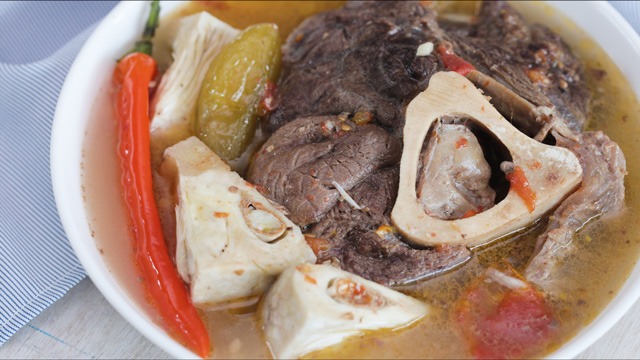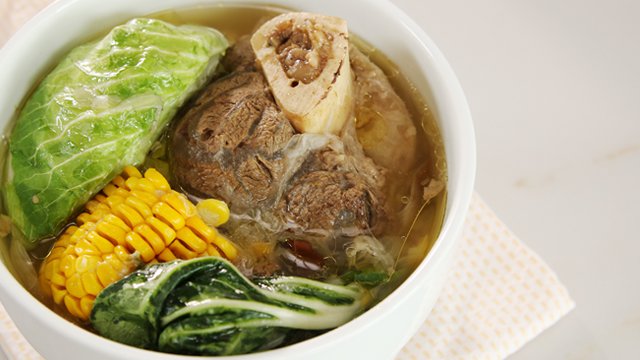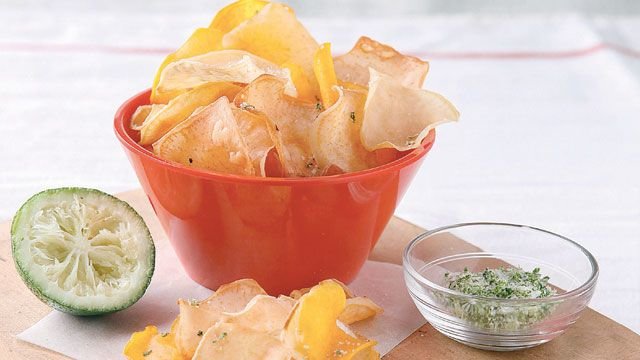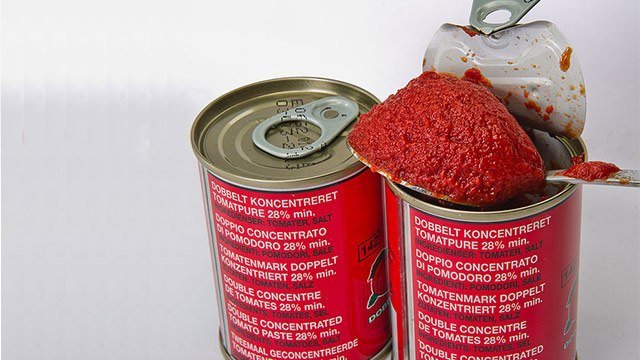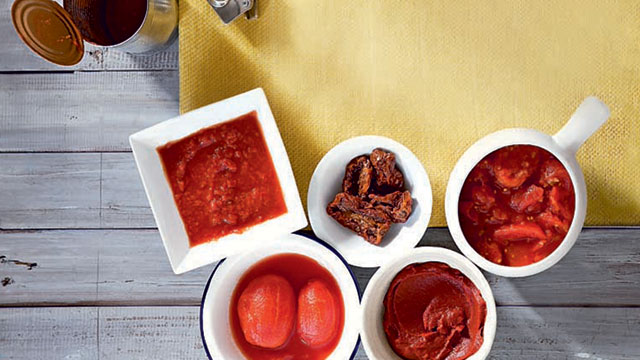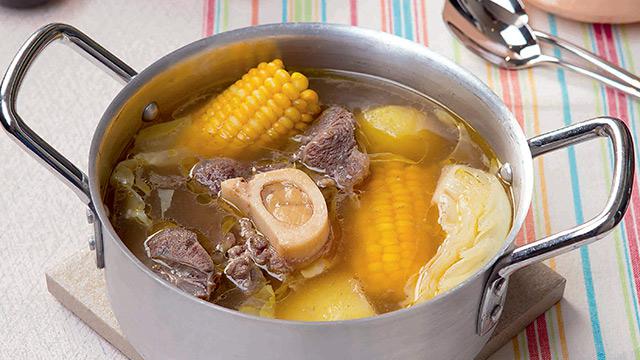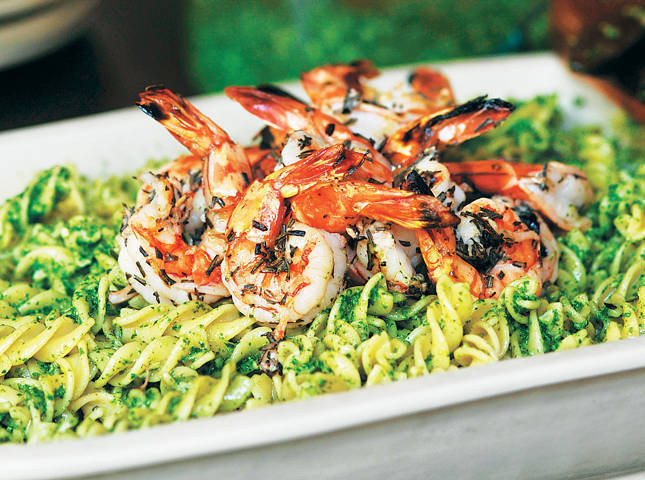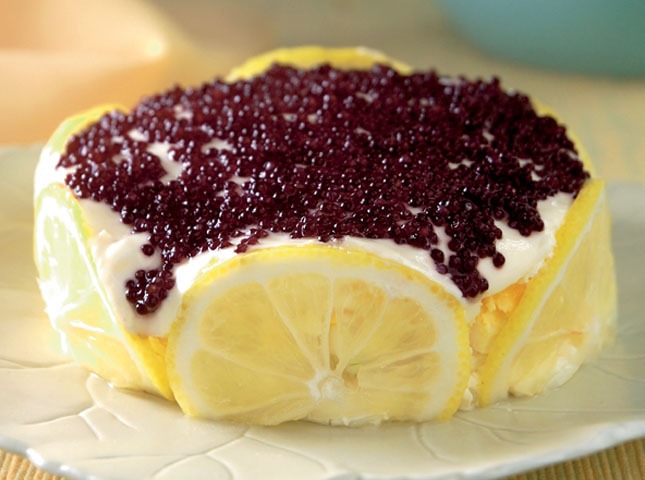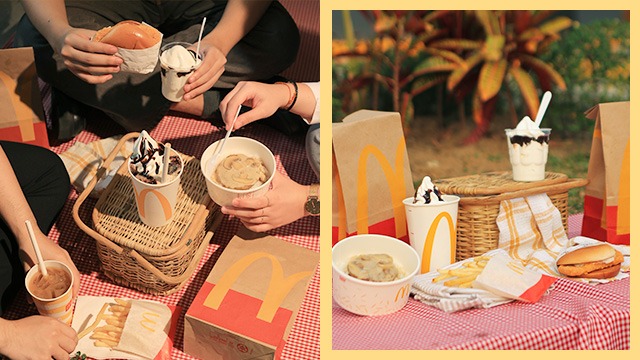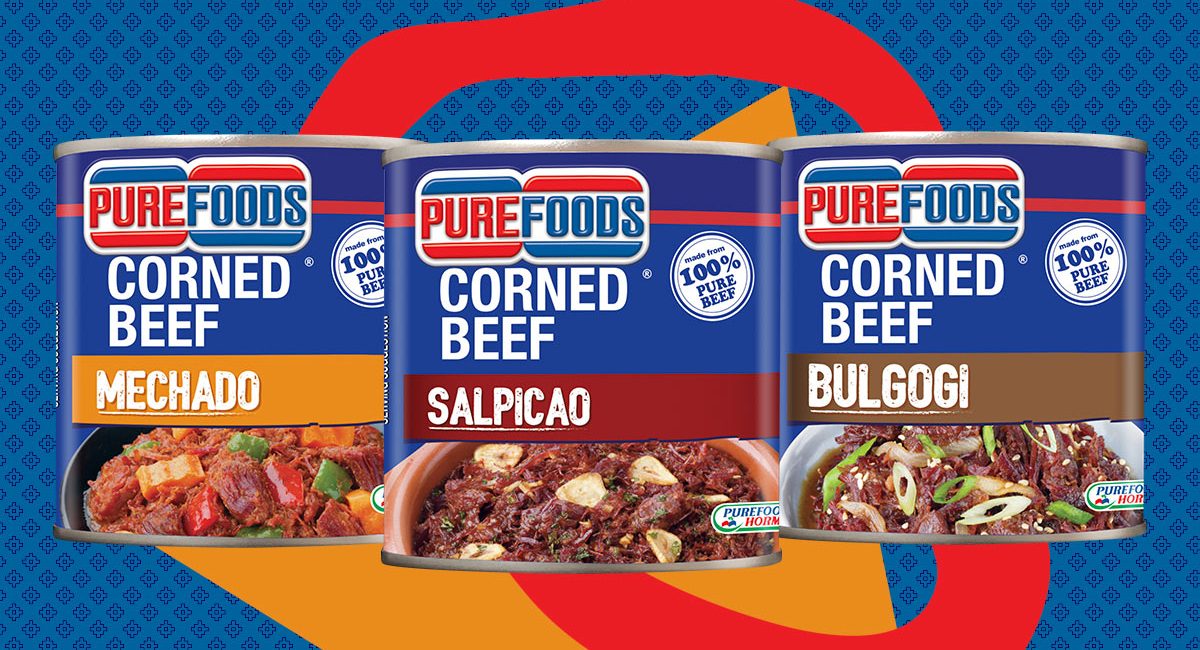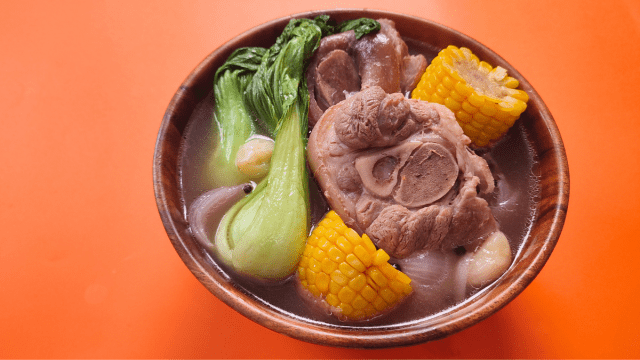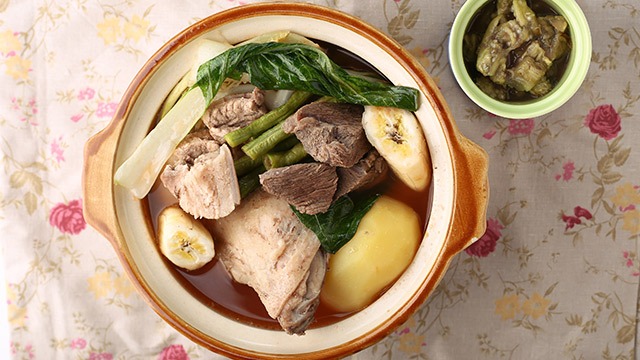
What makes a dish different from another? What makes a recipe taste different from all the other dishes like it?
The answer to this is really the cook.
After all, it’s really the decision of the person cooking to make it the way it was originally written if it’s from a recipe or to go with their gut and do something unique and add or remove an ingredient. That ingredient may make it taste familiar, yet have a flavor that’s changes the dish.
That’s also why there are numerous versions of any particular recipe.
That could be the case of the pochero recipe. Did you know that, in Visayas, the pochero you may know is totally different from that from the Luzon? The difference is quite evident when presented side by side but if you didn’t know any better, you’d think they were two differen dishes.
Here’s how the pochero recipe of the Visayas is different from that of the Tagalog:

1 Pocherong Bisaya is not a stew.
Unlike the Tagalog version of the pochero recipe, their recipe is not a stew. Instead of a saucy stew which we may be more familiar with, the pocherong Bisaya is a soup, more akin to the Batangas bulalo dish. The result is a comforting hot beef bowl that makes for a wonderful but different kind of sabaw. It simmers the beef chunks and everything is tender before the rest of the ingredients are added in.
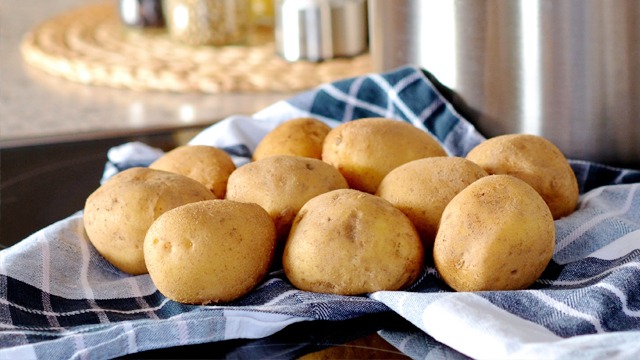
2 It has potatoes, too, but no saba or pechay.
The pocherong Tagalog normally contains potatoes to make it into a heartier meal but the addition of the Baguio pechay and the saba bananas are essential in the overall composition of the dish. The saba, in particular, gives the entire dish a sweetness it would not normally have. The cabbage is also added in sometimes to give it that fresh flavor that only leafy greens have.
What the pocherong Bisaya has are sweet corn cobs. The corn gives a similar sweetness that the absent saba would.
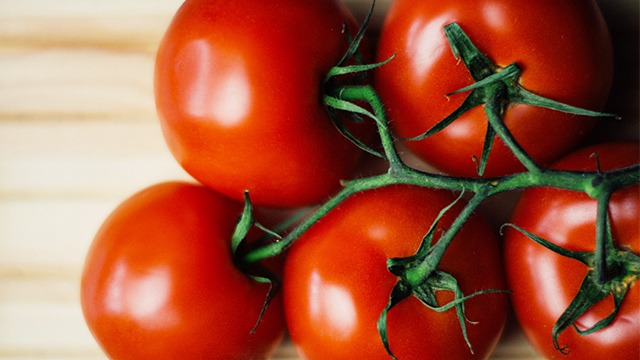
3 Tomatoes are not added.
Since the version in Visayas isn’t a stew and is more of a brothy soup, you might be missing the tomatoes that are usually responsible for the reddish hue of the broth-like sauce. Tomatoes give the Tagalog pochero a delicious tang that’s not present in the southern recipe.
Recommended Videos
This doesn’t make the Visayan recipe any less delicious as it uses another ingredient that will make it just as flavorful, too.
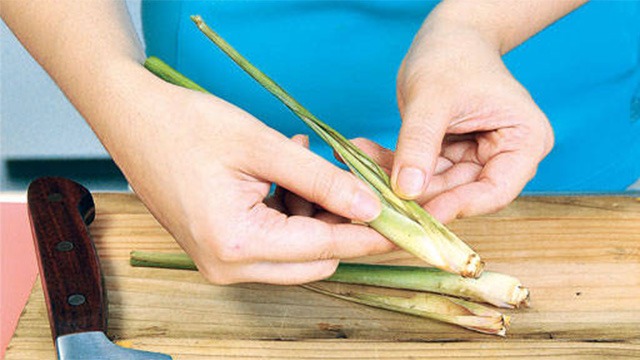
4 Its secret ingredient makes it taste different but delicious.
Down in Southern Philippines, they love the lemongrass, and it’s the secret ingredient that makes this version of the pochero definitely taste different from the Luzon version. Lemongrass is literally grass but what’s unique about it is its lemony aroma and flavor. The plant is usually uprooted or cut off near the bulb. Depending on how powerful you want its citrusy, lemon-like flavors to be in your dish, you can use both the bulbous end, pounded to release its flavors, and the leaves in your dish.
Now that you know the difference between the two regional dishes with the same name, you should try the version you haven’t tasted yet!
Read more articles about:
- filipino dish, filipino recipe, filipino stew, millennial, pochero, pochero recipe, Pocherong Bisaya, pocherong tagalog, pocherong tagalog recipe, provider, regional dish, regional recipe, stew, tagalog pochero, tagalog pochero recipe, tomato stew, visayan, Visayan dish, visayan pochero, visayan pochero recipe, visayan recipe

